Exeter Digital Maker Space
Exeter Digital Maker Space
Arduinos are a fantastic way to bridge the gap between theory and physical learning, with the kit allowing students to think creatively, collaborate on projects, and improve their problem-solving skills. The Elegoo starter kits have a wide range of components for users to play around with and unlock the potential for a variety of tech gadgets to be created. If you can think of something to try it’s almost definitely possible!
The Arduino starter kit serves as a versatile platform for numerous applications. With its components, such as sensors, actuators, and microcontrollers, the kit enables beginners to delve into electronics, programming, and prototyping. It finds use in various projects, including home automation, robotics, environmental monitoring, and wearable technology.
All this equipment and more is available to borrow from the Digital Maker Space in the Forum Library (-1).

For many users kit such as the Arduino can be a scary prospect with wires all over the place and small electrical components you haven’t even heard of before. This was the same for me when I first tried out making something! Thankfully, with the emergence of AI over the past few years, ChatGPT has become an excellent tool that has become a part of most people’s education in one form or another.
In relevance to the Arduino and other electrical equipment, it is the perfect guide for starters on how to use and experiment with the apparatus.
Not sure what you want to build? Ask ChatGPT!
How do I build this idea from the components? ChatGPT can help!
I need some code to make my gadget work but I don’t know how to write it, ChatGPT is well-versed in any code you need!
AI really has transformed the educational landscape and with the accuracy and range of information software such as OpenAI and other tools are providing, it is becoming easier to try out new things and learn new skills.

Have any questions or want to learn more about the equipment and how we are working to improve digital education, join us on Thursdays 2pm-3:30pm!
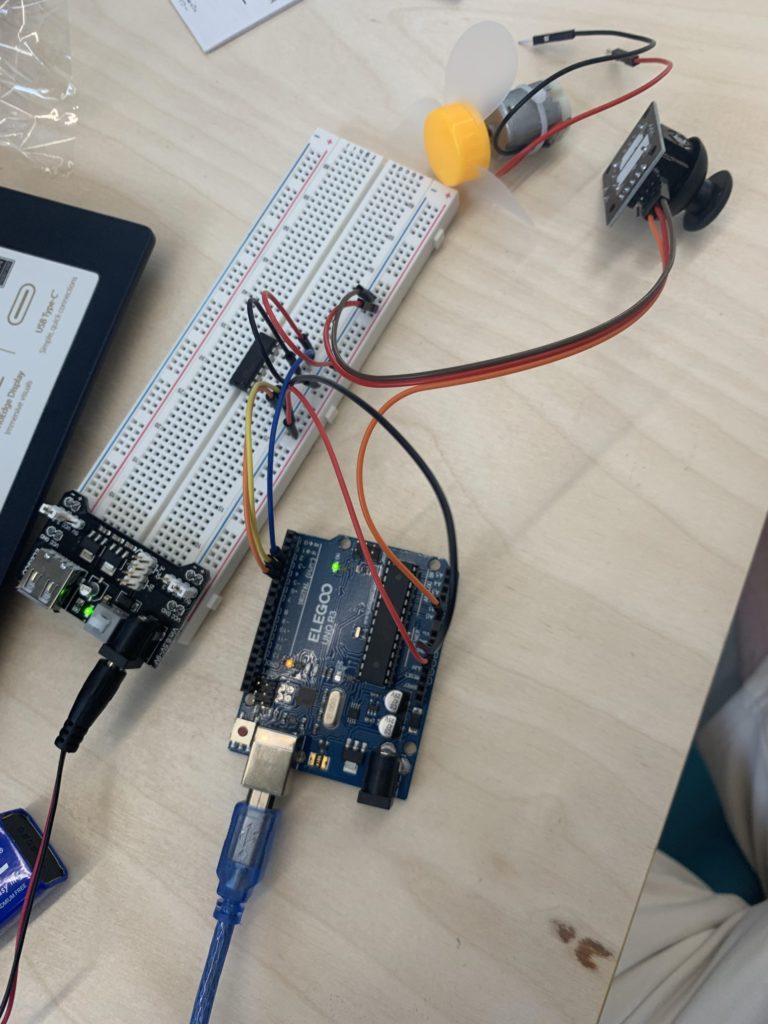
-Ethan Earl, Undergraduate
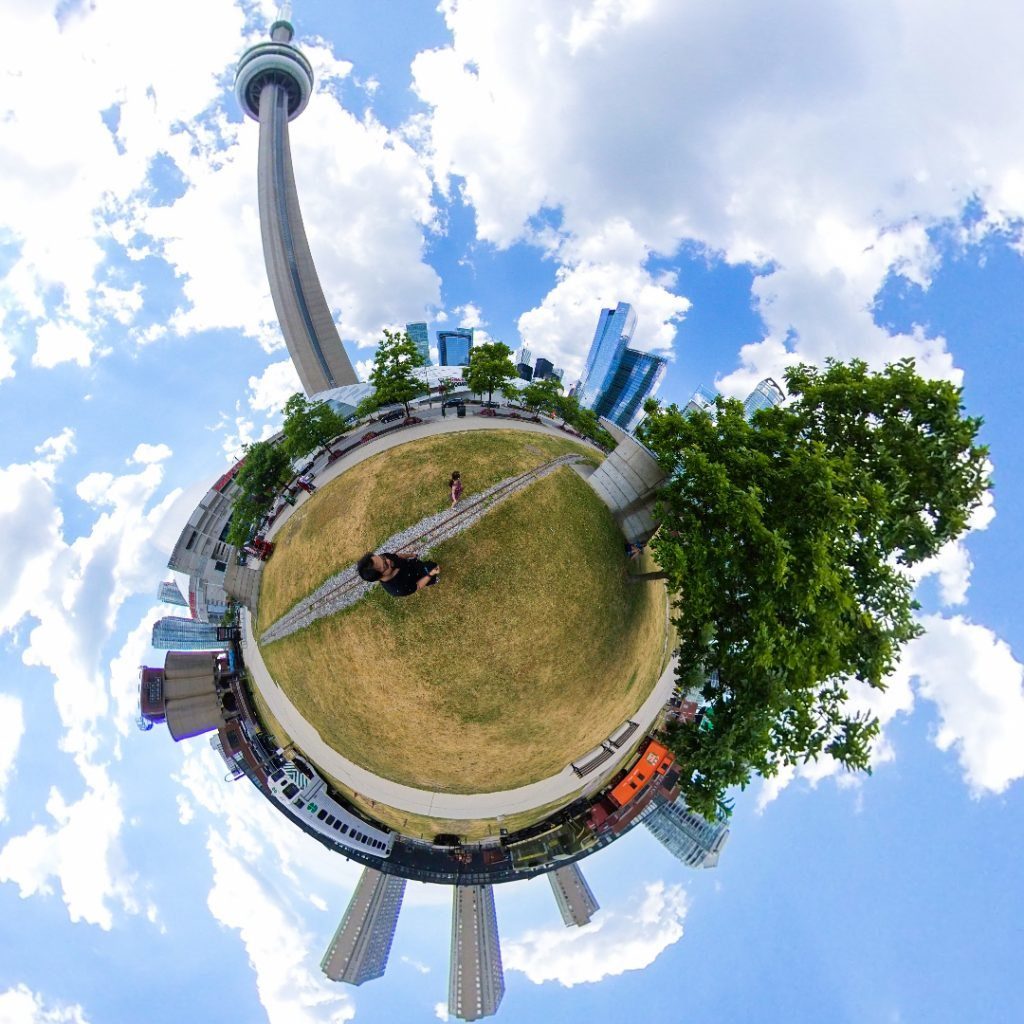
In this report, we examine how the DMS’s cutting-edge 360-degree camera was deployed at a recent event, providing viewers with an unparalleled perspective on the entire space. Join us as we explore the remarkable benefits this innovative technology brought to the event, from enhancing viewer immersion to serving as a valuable monitoring tool for organizers.
The 360-degree camera from the DMS was recently used at an event extensively during a 48-hour hackathon which was linked to a YouTube stream for the audience to view online. The camera was placed in the centre of the environment allowing for a view of the entire space and providing a unique perspective on the individual segments throughout the event including keynote speeches, panel discussions, and presentations.
This brief YouTube video shows the perspective available from the 360 camera and there are also other videos from the same channel where you can pan through the 360 view instead of seeing it all at once.
The Insta 360 Pro 2 Camera has the capability to stream or record 8k footage at 30fps which provides the user with higher quality footage compared to similar devices.
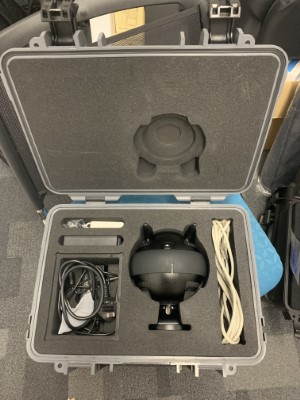
The 360-degree camera helped highlight the event’s scale and show the volume of participants, including the range of projects they were working on. In addition, whilst the camera was live streaming, it was also capturing the video footage for later use which has since been utilized to create a highlight reel of the event, for social media promotion, and passed on to participants for them to share their own experience.
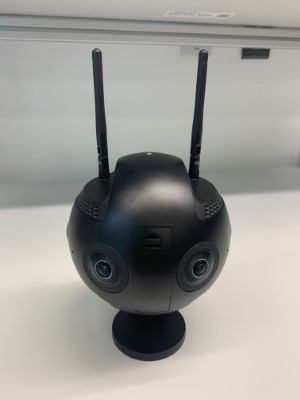
A key benefit that the user noticed through feedback from the audience who were watching was the improvement in how immersive the event felt even when watching through the live stream due to the 360 camera. Being able to watch all the different project types simultaneously alongside showcasing the diversity of people at the event provided a large improvement in the viewing experience. Furthermore, the camera was also used as a form of remote monitoring for the event which allowed organisers to ensure the wellbeing of participants and the integrity of the venue without needing copious numbers of on-site staff for security.
This event showed how the 360 camera was able to provide an immersive event experience online which highlighted the range of activities at the hackathon whilst also functioning as a safeguarding tool for the event. The equipment added immense value to the event and when streamed via YouTube it added a new outlook to the event.
If you want to borrow any equipment or ask any questions, join us at the Digital Maker Space (Forum Library (-1)) on Thursdays 2:00-3:30pm!
-Ethan Earl, Undergraduate

In the digital age, the ability to recreate physical environments in immersive virtual settings has become a groundbreaking endeavour. With the advent of advanced 3D scanning technology, we now have the power to capture the intricacies of the real world and translate them seamlessly into virtual realms. Join us as we explore the limitless possibilities, from gaming and architecture to entertainment and beyond, that arise when 3D scanners merge with the creation of virtual spaces!
Firstly, we will explore how 3D scanning technology empowered a student to capture precise details when completing their dissertation on VR’s efficacy in teaching hip arthroplasty skills. The dissertation project aimed to compare the ability of traditional PowerPoint training and VR training for teaching hip arthroplasty skills and participants received 60 minutes of either type of training before performing a simulated hemiarthroplasty procedure.

The study assessed procedural error in the operation using implant depth error as a surrogate measure for leg length discrepancy. After completing the procedure, femurs were 3D scanned using a Creaform Academia 50 scanner (3D Scanner), borrowed from the Digital Maker Space.
The 3D scanning process involved preparing the femur for scanning by reverse wrapping it in masking tape to create a sticky surface for placing targeting stickers, placing location stickers at regular intervals around the bone, and drawing a 5 cm line on it to enable scaling in the Blender software. The femur was then properly scaled, and the insertion depth was measured using three cubes placed at particular landmarks.
The resulting images were imported into Blender software where insertion depth was measured, and procedure error was calculated. The 3D scanning allowed for more accurate measurement of the implant insertion depth compared to using a ruler and served as a helpful alternative to X-ray measurement.

This project demonstrated the potential of using 3D scanning as an accurate and feasible alternative to traditional methods of measuring implant insertion depth, aiding students in the field of medicine. Furthermore, the use of Blender to support the analysis of the 3D scans shows the potential applications of Blender and other digital software for supporting education.
If you want to borrow any equipment or ask any questions, join us at the Digital Maker Space (Forum Library (-1)) on Thursdays 2:00-3:30pm!
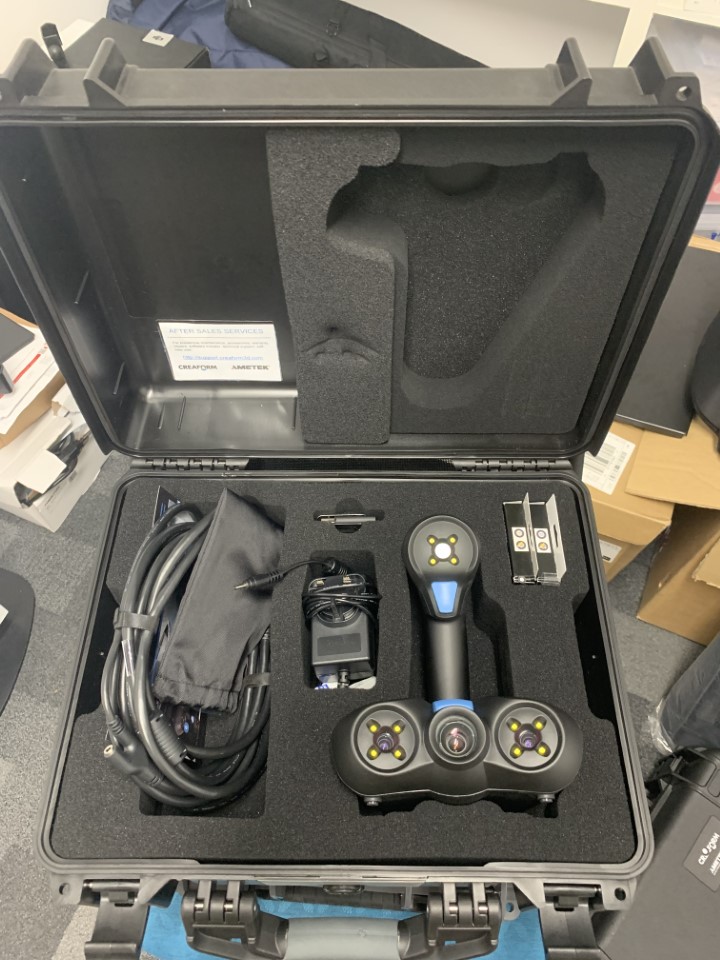
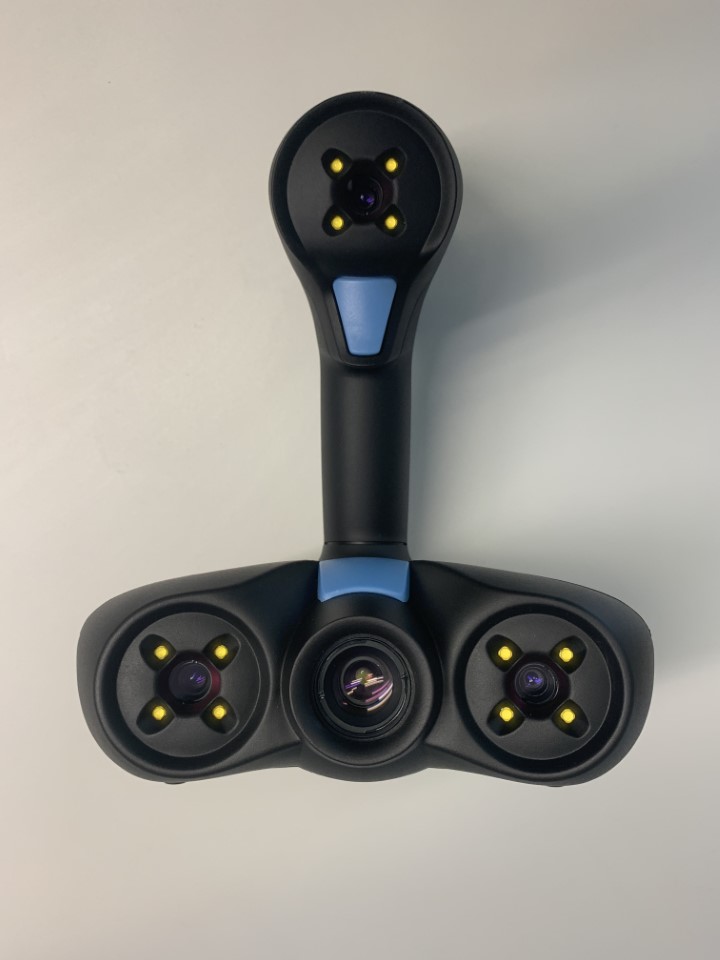
Arduinos are a fantastic way to bridge the gap between theory and physical learning, with the kit allowing students to think creatively, collaborate on projects, and improve their problem-solving skills....
Continue reading...In this report, we examine how the DMS’s cutting-edge 360-degree camera was deployed at a recent event, providing viewers with an unparalleled perspective on the entire space. Join us as...
Continue reading...In the digital age, the ability to recreate physical environments in immersive virtual settings has become a groundbreaking endeavour. With the advent of advanced 3D scanning technology, we now have...
Continue reading...